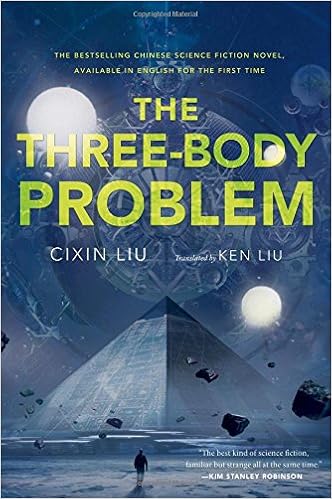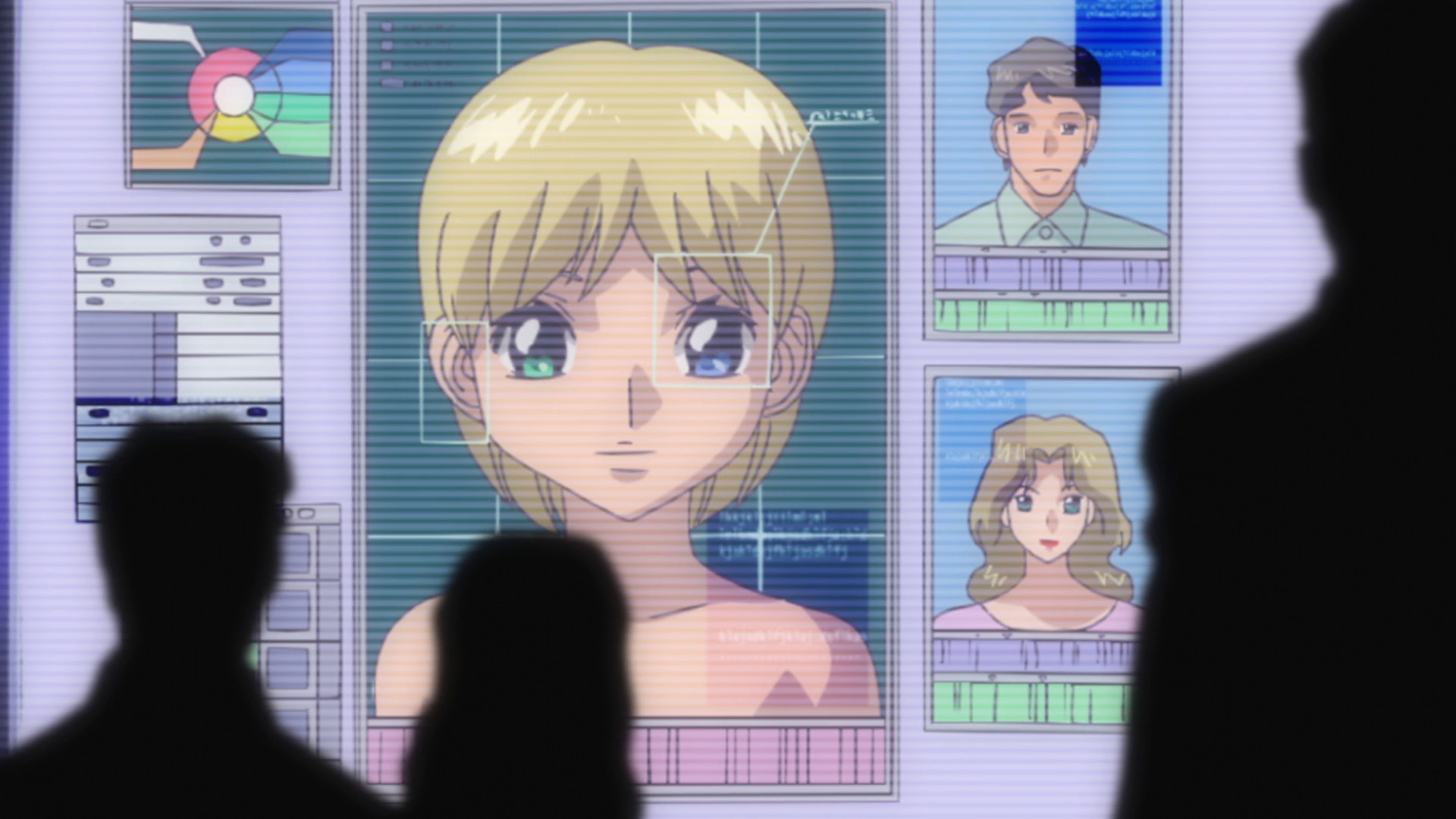Exploring the deep and remote space has long been the dream of human beings. I am not an exception. My curiosity on the universe started even when I was a child gazing at the sky at night. The blinking stars were as if a road sign welcoming me to explore. Deep into the night, my imagination was always able to fly high to the space even though my pathetic body is jailed on the ground.
 |
| Figure 1: The Doraemon movie on space exploration |
At my early age, I was keen on watching a Japanese Anime called Doraemon. The anime series were a porn for juvenile tech lovers. In every episode, Doraemon, one of the protagonists coming from the 22nd century, took some high-tech machine from his "four-dimension" pocket which had unlimited capacity and helped his friend out of some embarrassing scenario. In 1981, they made a Doraemon anime film called
Doraemon: The Records of Nobita, Spaceblazer. In the context of the film, earth beings like the protagonists were like supermen on
Koya Koya Planet, which was connected to below Nobita's bed via a wormhole. The film told a story of how the "supermen" became friends with a group of natives on
Koya Koya Planet and fought against a huge mineral monopolist. The film showed some spatial concepts like wormholes, teleportation and loss of gravity. As a young space lover, doubtlessly I was fascinated by the film.
 |
| Figure 2: Poster of the movie Interstellar |
A more recent movie telling a time-space traveling story I liked was
Interstellar. The selling point of this movie included not only the stunning graphics, but also the meticulous simulation of the "real" image of black holes and other scenarios. Many of the scenarios were actually supported by the work of top physicists. It was a satisfying visual banquet.
 |
| Figure 3: The cover of The Three Body Problem |
Recently, a science fiction by a Chinese writer attracted many international readers' attention. It also won the 2015 Hugo Award for Best Novel. It was the title –
The Three Body Problem. The book described how human beings interacted with the residents of the Three Body Galaxy, which was constantly threatened by its unstable state and finally destroyed due to the revelation of the coordinate. The most shining point of the book was the theory named
Cosmic Sociology, describing the relationship among different civilizations under the situation of lacking of inter-communication.
I'm really glad to see the course ends with a chapter on space. The course may end, but the spirit of exploration exists forever.
References
Vesna, V. "Lecture Videos on Space."
Web.
"Wikipedia - The Three Body Problem". <https://en.wikipedia.org/wiki/The_Three-Body_Problem>
"Poster of
Doraemon: The Records of Nobita, Spaceblazer." <http://ganool.ag/wp-content/uploads/2016/01/Eiga-doraemon-Shin-Nobita-no-uch%C3%BB-kaitakushi.jpg>
"Poster of
Interstellar." <https://antedote.com/wp-content/uploads/2014/12/interstellar-poster.jpg>
"Poster of
The Three Body Problem." <http://ecx.images-amazon.com/images/I/51fGDeB1DWL._SX330_BO1,204,203,200_.jpg>

_Gold.png/184px-Mind_Control(401)_Gold.png?version=82e87649aef01daad7faf307f147d13e)






















